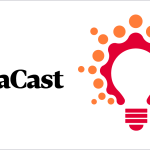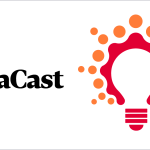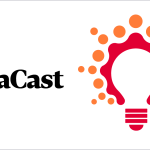When it comes to elaborate your strategy to land on dream job after college, resumes and your LinkedIn profile are mandatory components to succeed. Without them, it turns really difficult to move on and get noticed by recruiters or potential employers.
Both are critical to boost your visibility, inform about what you have done in your career, and the skills that could make you the best fit for a job position.
But what is the purpose of each one? Although both serve the same objective, they have distinct functions in your mix of initiatives.
Recently, I was shocked to meet some international students who had not yet created their LinkedIn profiles. Worse still, not even aware of its importance and differences in comparison with resumes.
I want to discuss this with you today, addressing the two main differences for you to keep in mind. In the end, if you associate them with your future initiatives as an International student, I would be delighted with that.
Resume is unique for each job application
Resume is the North American version of the as well know curriculum in other countries.
Distinct in its structure, a good resume should describe your history as a professional. The company’s you worked for, the skills you are proficient in, and the tools your have some level of familiarity.
There are different types of format, but in essence, a resume should succinctly indicate if your profile is a good fit for a particular job position. That’s when it gets tricky.
Every resume should be created for each job application; consequently, resumes, by nature, are unique. They should inform, preferably numbers or achievements that could indicate your qualification for a particular position in a particular company.
On the other hand, your LinkedIn profile should be broader, not customized for each job position like a resume, because it would be impossible.
You should combine the keywords, skills, and sentences required for most of the job offers you are considering to apply. Your profile should inform what you have done, like a resume, but not customized for a particular company. It should be elaborated based on the most common expectations for a particular position.
Linkedin is an extension of your career experience
As I mentioned before, summaries have limitations in terms of format. So, to reference other aspects of yourself as a professional, you can add some level of creativity to your LinkedIn profile.
In short, your LinkedIn profile could operate as an extension of your resume. Like a place to add additional information about what you have done that wouldn’t fit in your resume.
Here are some examples of informative sections you could add to your LinkedIn Profile.
- Image of certifications
- Link to your blog page
- Link to your most relevant blog posts
- Link to your portfolio
- Downloadables of any sort of document you like
- Videos
- Presentations
The list is the size of your creativity. But don’t abuse it. My tip is to consider the most attractive types of content that will help you get noticed by communicating what you have done.
Fina takeaways
Probably you concluded that both are important. You got it. Explore the best of both tools will promote your name to who matters. Take care of your credibility as a professional to make people get in touch with you. That’s how everything starts.
No related jobs.













No comment yet, add your voice below!